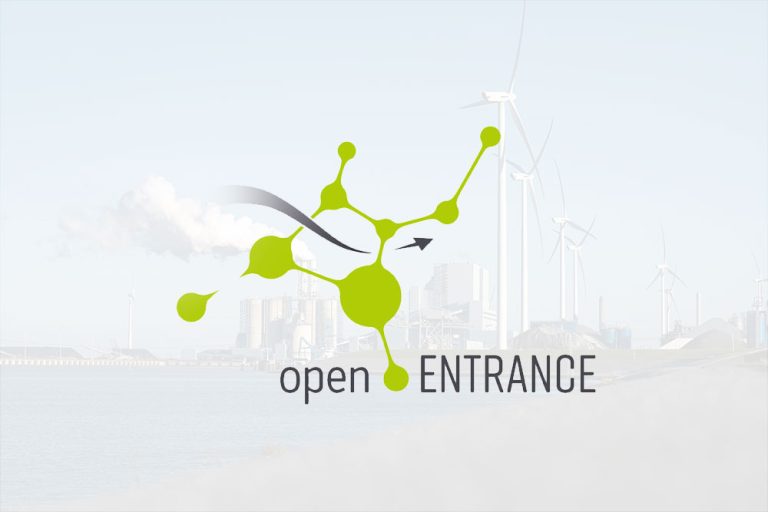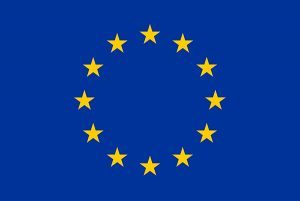OpenEntrance Case Study 5
The main issue of case study 5 (CS5) is to evaluate the impact of decentralization of investment decisions compared to centralized decisions on power systems. More specifically, the centralized framework is viewed here as the least cost case and is considered as a baseline. All resources are supposed to be exploited in a common objective taking advantage of geographical disparities. On the other hand, decentralization is the natural trend we are following because, it allows to enhance acceptance and active participation of communities in fully exploiting the potential of local flexibilities involving distributed renewable generation, heat, mobility or demand side management. The objective of CS5 is then to quantify the impact of decentralization of investment decisions in order to provide some insights on relevant coordination mechanisms to recover efficiency in a partially decentralized system.
Case Study Overview
Please accept YouTube cookies to play this video. By accepting you will be accessing content from YouTube, a service provided by an external third party.
If you accept this notice, your choice will be saved and the page will refresh.
Two geographical scales are considered: a global level for the entire system under consideration and a local level defining the mesh at which decentralized decisions are made. For instance, we may consider Europe as a global level and her regions as local levels. We could also consider countries as local levels.
Three variants will be implemented ranging from a completely centralized system to a fully decentralized system. Each variant is formalized as a specific mathematical problem. The first variant is the reference centralized case. In this setting, a central operator is minimizing the investment and operation costs of the whole system such as to satisfy the supply/demand balance at each node of the grid and in order to ensure some ecological constraints expressed for instance as a limit in CO2 emissions or a minimal level of renewable penetration in the mix. The second variant called “decentralization of targets” corresponds to the same optimization problem except that ecological constraints are specific to each entity of the local level. For instance, each region could have her own target in terms of CO2 emissions or in terms of self-generation with renewables. The third variant called “full decentralization” is much more ambitious. It corresponds to a game where each player is a local entity which considers her own optimization problem. For instance, one region could decide her own investments on renewable resources and storage in order to reach a minimal level of self-generation. This of course assumes some interactions with other local entities and with a central operator that would ensure the backup needed to satisfy the supply/demand balance at each time step.
Each of the three variants corresponds to a specific optimization problem that should be solved numerically. Plan4EU model developed in Plan4Res H2020 project will be used at each scale to perform optimization of investments and operation costs for power systems for the target year 2050.

Two important limitations of this case study should be underlined. First, CS5 will not provide a trajectory of investments decisions from 2020 to 2050 because the optimization tool is only considering the target year 2050. More importantly, CS5 is limited to computing investments in power systems only, without explicitly modelling interactions in both directions between the electrical system and other sectors as heat or transport for instance. However, these interactions are taken into account, at least in one direction, by considering assumptions on other sectors as inputs to the power system investment model. Indeed, CS5 will rely on scenario provided by OpenEntrance storylines for year 2050 ensuring consistent inputs including electrical demands per use, demand response potentials, or renewable potentials in 2050.
Plan4EU will provide key indicators in terms of which the 3 variants will be compared including investment and operation costs, quasi-optimal mix (regarding generation, storage and grid capacities), level of CO2 emissions or renewable curtailment and also marginal costs. We believe that those indicators will bring relevant suggestions for efficiently coordinating decentralized systems.





